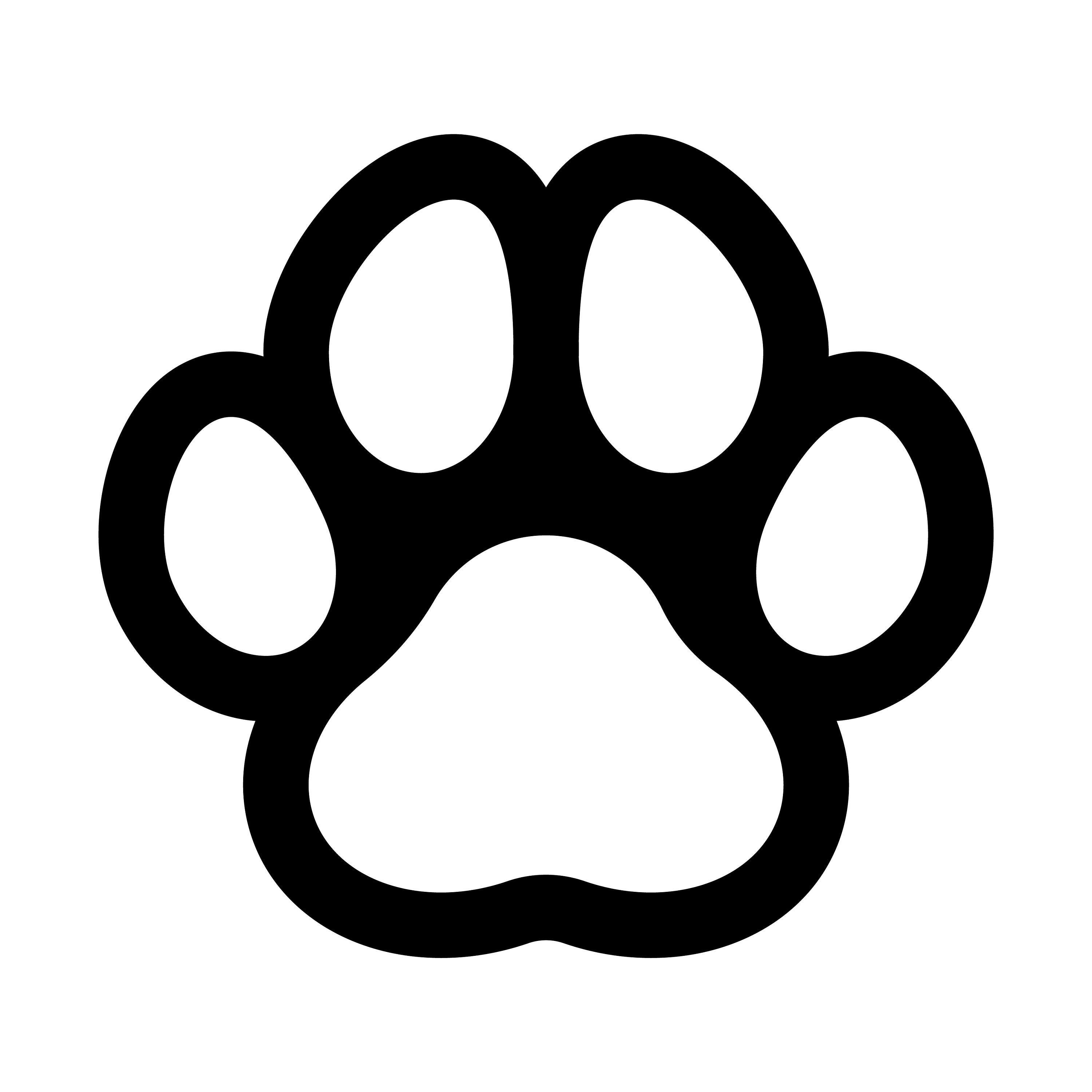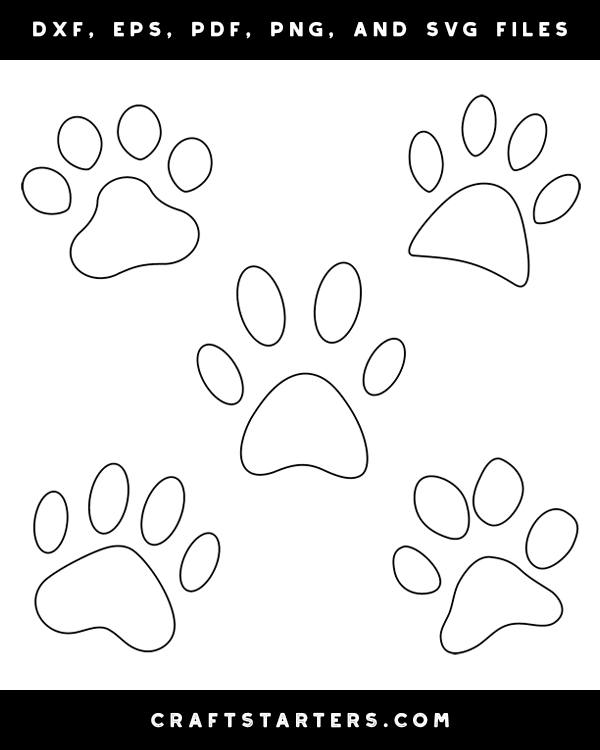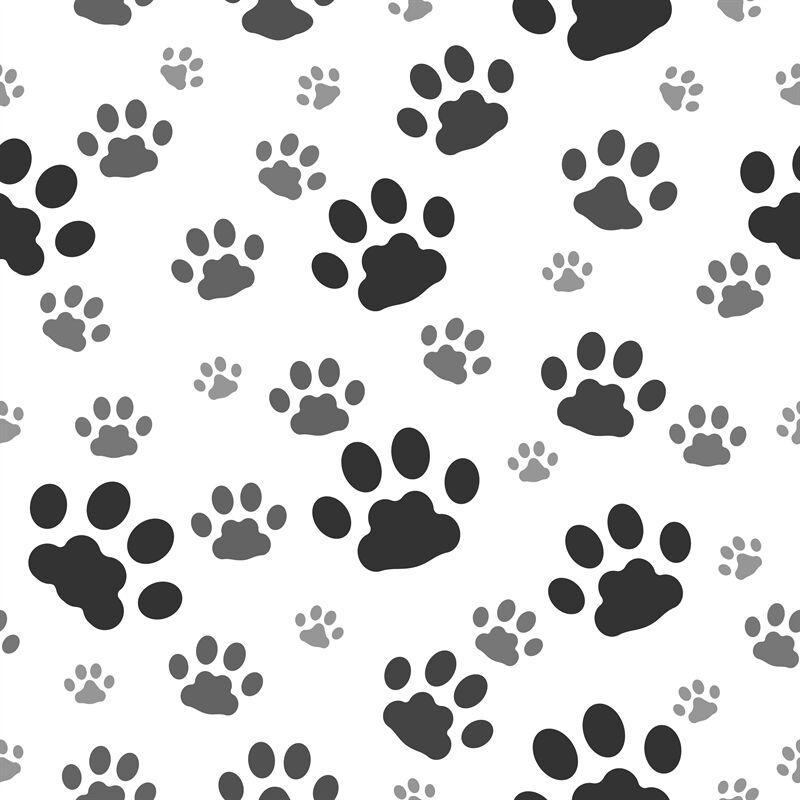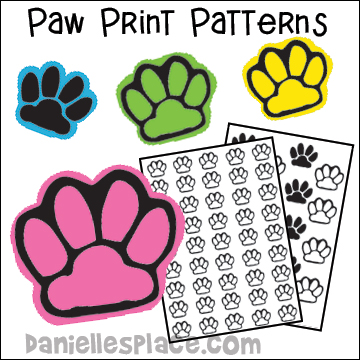In the realm of feline companionship, paw prints hold a special significance, serving as unique identifiers and endearing reminders of our furry companions. The intricate patterns and shapes formed by their tiny toes can captivate our hearts and spark a desire to decipher their meaning. This comprehensive guide delves into the fascinating world of paw print patterns, exploring their variations, symbolism, and the stories they tell about our feline friends.
The Language of Paw Prints

In the realm of feline companionship, paw prints hold a special significance, serving as unique identifiers and endearing reminders of our furry companions. The intricate patterns and shapes formed by their tiny toes can captivate our hearts and spark a desire to decipher their meaning. This comprehensive guide delves into the fascinating world of paw print patterns, exploring their variations, symbolism, and the stories they tell about our feline friends.

2. Arch Patterns:
Arch patterns are formed when ridges run parallel to each other, creating an arch-like shape. They are less common than loop patterns and can be divided into two types:
- Cat Pawprints Cat Pawprints: A Tale Of Curiosity, Affection, And Unique Identification
- Bear Paw SVG File Bear Paw SVG: Unleashing The Spirit Of The Wild
- Cat Paw Print SVG Cat Paw Print SVG: The Purrfect Way To Express Your Feline Love
- Bear Paw SVG Free Download Bear Paw SVG: Unleash The Wild Spirit Within
- Bear Paw Split Design SVG Unlock The Majestic Symbolism Of The Bear Paw Split Design SVG: A Comprehensive Guide
- Plain Arches: Simple arches without any loops or whorls.
- Tented Arches: Arches with a ridge that extends upward, forming a tent-like shape.
- Breed: Different breeds of cats have slightly different paw shapes and sizes. For example, Siamese cats tend to have long, slender paws, while Maine Coons have large, broad paws.
- Age: As cats age, their paw pads may become thicker and more pronounced, leading to larger and more distinct paw prints.
- Surface: The type of surface a cat walks on can also affect the appearance of their paw prints. Soft surfaces, such as carpet, may produce fainter prints than hard surfaces, such as concrete.
- Health: Certain health conditions, such as arthritis, can cause changes in a cat’s gait and paw placement, which may be reflected in their paw prints.
The Language of Paw Prints
Just as human fingerprints, each cat’s paw print is one-of-a-kind, bearing a distinct pattern that remains unchanged throughout their lifetime. These patterns are formed by the unique arrangement of ridges and whorls on the pads of their paws, which act like tiny cushions to provide traction and support. The combination of these ridges and whorls creates intricate designs that can be classified into three primary types:
1. Loop Patterns:
Loop patterns are characterized by a single line that loops back upon itself, forming a closed shape. These loops can vary in size and orientation, giving rise to different loop subtypes, such as:

3. Whorl Patterns:
Whorl patterns are the most complex and distinctive of the three types. They are characterized by a central point from which ridges radiate outward in a circular or spiral fashion. Whorls can be either simple or complex, depending on the number of ridges involved.
Paw Print Symbolism and Meaning

Beyond their practical function, paw prints have also taken on symbolic and cultural significance throughout history. In ancient Egypt, cats were revered as sacred animals, and their paw prints were often used as amulets and talismans to protect against evil spirits. In Japanese folklore, the "maneki-neko" (beckoning cat) is a popular symbol of good fortune and prosperity, often depicted with a raised paw print.
In modern times, paw prints continue to be cherished as a symbol of love, companionship, and the bond between humans and cats. They are often used in jewelry, home décor, and other items to commemorate the special place cats hold in our lives.
Paw Print Variations and Influences
While the basic paw print patterns described above are common to all cats, there are certain factors that can influence the appearance and size of their prints:
Frequently Asked Questions (FAQs)
1. How can I make a paw print of my cat?
There are several ways to make a paw print of your cat. One method is to use non-toxic ink and gently press your cat’s paw onto a piece of paper. Another option is to use a paw print kit, which typically includes a clay or molding material that your cat can step into.
2. What does it mean if my cat has a paw print with a missing toe?
A missing toe can be caused by a variety of factors, such as an injury or a birth defect. It is important to consult with your veterinarian to determine the underlying cause and ensure that your cat is not experiencing any discomfort.
3. Can paw print patterns change over time?
Paw print patterns generally remain the same throughout a cat’s lifetime. However, certain factors, such as injuries or diseases that affect the paw pads, can lead to changes in the pattern.
4. Are paw prints unique to each cat?
Yes, just like human fingerprints, each cat’s paw print is unique and can be used to identify them.
5. What is the purpose of paw prints?
Paw prints serve several functions, including providing traction and support, marking territory, and leaving scent trails for communication.
Conclusion
Paw print patterns are a captivating and intricate aspect of feline anatomy, offering a glimpse into the unique identity of each cat. From their practical function to their symbolic significance, paw prints have played a vital role in human-cat interactions throughout history. By understanding the different types of paw print patterns and the factors that influence them, we can deepen our appreciation for these fascinating creatures and the enduring bond we share with them.

